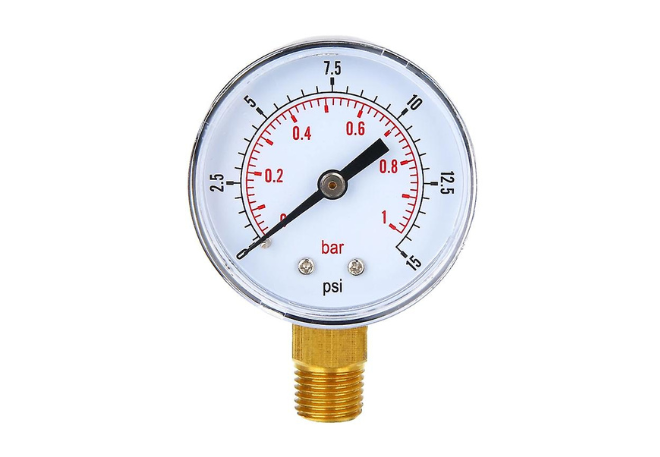How Do Clevis Pins & Retaining Clips Enhance Your Projects?
Clevis pins and retaining clips are indispensable components in various mechanical assemblies, providing versatility and reliability. This blog post delves into the numerous applications and advantages of these essential hardware items, emphasising their critical roles in securing parts in machinery and vehicles. Discover why choosing the correct clevis pins and retaining clips is vital for the longevity and functionality of your projects.
What Are Clevis Pins and How Are They Used?
Clevis pins are a type of fastener that are commonly used in applications where a quick, yet secure assembly and disassembly are required. These pins are easy to install and remove, making them ideal for temporary or movable joints. Here’s how they are typically used:
- Structural Assemblies: They connect pieces where movement is necessary, such as in control linkages, gear linkages, and load-bearing chains.
- Automotive Systems: Clevis pins are often found in car brake systems, steering linkages, and even in convertible top mechanisms.
- Agricultural Equipment: They are used extensively in tractors and other farming machinery for attaching implements.
Retaining clips, also known as cotter pins or R-clips, are used to secure clevis pins in place. They prevent the pin from sliding out of the hole, ensuring a stable and secure connection.
Benefits of Using Clevis Pins & Retaining Clips
- Ease of Installation: These components can be quickly fitted without the need for special tools, making them user-friendly for both professionals and DIY enthusiasts.
- Versatility: With various sizes and materials available, clevis pins and retaining clips can be tailored to meet the specific needs of different applications, from lightweight tasks to heavy-duty operations.
- Cost-Effective: They are a cost-effective solution for many mechanical connections, eliminating the need for more complex or permanent fastening methods.
- Durability: Made from materials like stainless steel and carbon steel, these pins and clips resist corrosion and wear, ensuring long-term reliability.
Key Considerations When Selecting Clevis Pins and Retaining Clips
When choosing the right clevis pins and retaining clips, consider the following factors to ensure optimal performance and safety:
- Material: Select a material that matches the durability requirements of the application and the environmental conditions, such as moisture and temperature.
- Size and Fit: Ensure the pin fits snugly within the hole, with the retaining clip properly securing the pin without too much play.
- Load Requirements: Consider the application's shear and tensile load requirements to select a pin that can handle the stress without failing.
How to Ensure Longevity and Efficiency
To maximize the effectiveness and lifespan of your clevis pins and retaining clips, follow these best practices:
- Regular Inspection: Check for signs of wear such as bending, rust, or fatigue cracks, especially in applications under high load or frequent movement.
- Correct Installation: Ensure that the pin is properly seated and the retaining clip is securely fastened to avoid accidental disengagements.
- Maintenance: Apply appropriate lubricants if necessary to prevent rust and reduce wear, especially in outdoor or harsh environments.
Applications That Benefit Most From Clevis Pins and Retaining Clips
Clevis pins and retaining clips are versatile, but they are particularly advantageous in certain applications:
- Marine Applications: Their resistance to rust makes them ideal for boating and marine environments where moisture is a constant factor.
- Aerospace and Aviation: Used in various aircraft parts, these pins and clips must withstand extreme conditions and high-performance demands.
- Industrial Machinery: Essential in manufacturing equipment where assembly and disassembly need to be quick and effortless.
Conclusion
Clevis pins and retaining clips are fundamental elements in a myriad of mechanical systems, providing strength, reliability, and ease of use. They are the unsung heroes of the hardware world, making them essential in maintaining the integrity and functionality of many machines and structures. By choosing the right pins and clips for your needs, you ensure your projects remain secure and operational under all conditions. This guide should assist in understanding how these small yet powerful components can make a big impact on your work.




Comments
Post a Comment